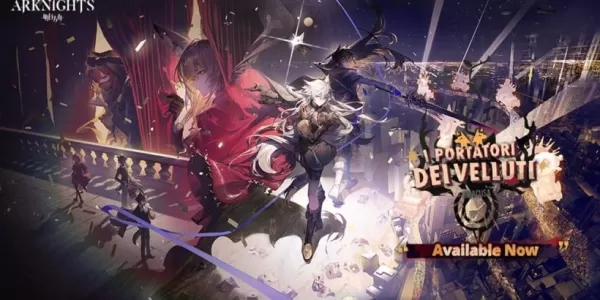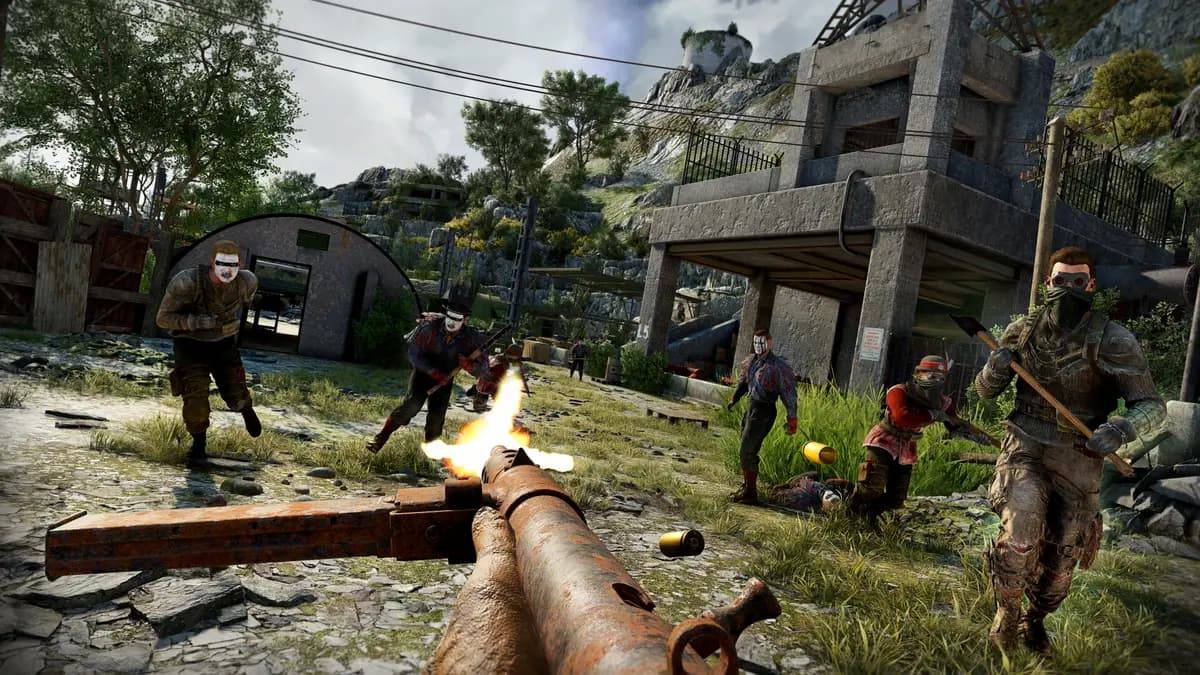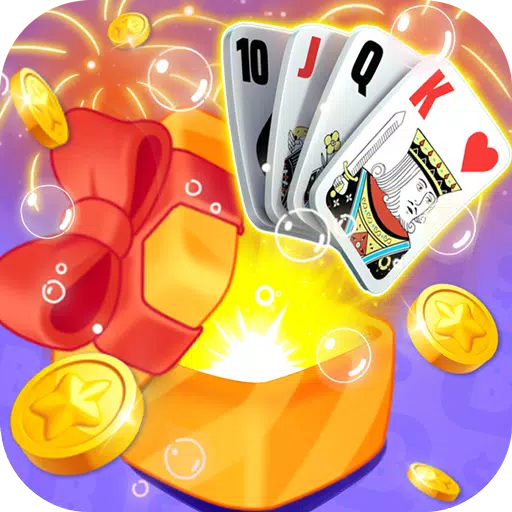With Monster Hunter Wilds shattering Steam records and Resident Evil thriving through Village and exceptional remakes, Capcom seems unstoppable. Yet, less than a decade ago, the company faced a crisis. A series of critical and commercial failures left Capcom struggling to regain its footing and reconnect with its audience.
Capcom grappled with an identity crisis. Resident Evil, the pioneer of survival horror, lost its edge after Resident Evil 4. Street Fighter stumbled with the poorly received Street Fighter 5. These setbacks threatened the legacy of Capcom’s beloved franchises.
A strategic overhaul, powered by a cutting-edge game engine, revitalized Capcom’s iconic series. This shift sparked a streak of critical and commercial hits, propelling Capcom back to prominence in the gaming industry.
Resident Evil’s Identity Crisis
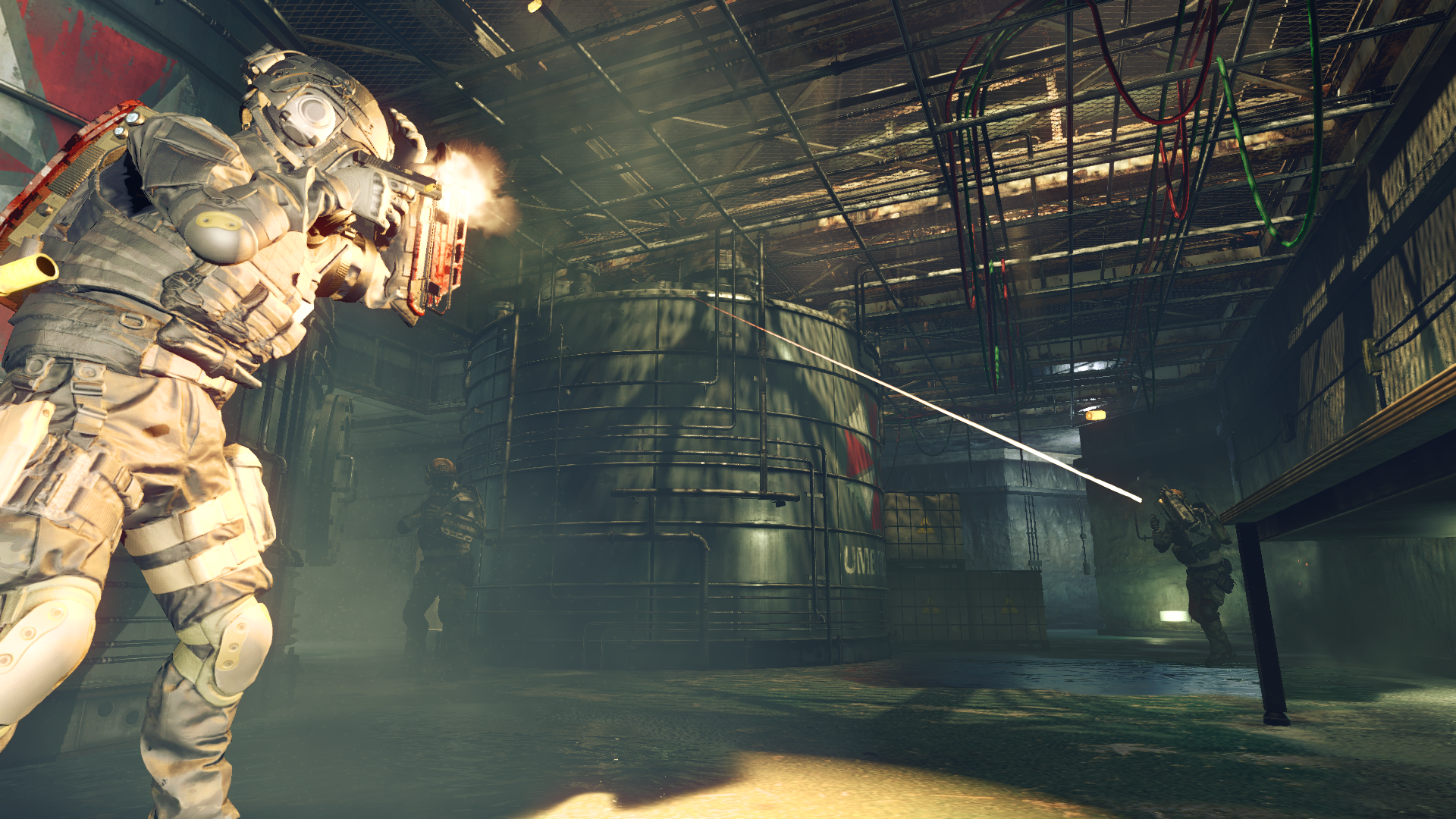
2016 was a challenging year for Capcom.
Umbrella Corps, a multiplayer shooter in the Resident Evil universe, was met with harsh criticism from fans and reviewers. Street Fighter 5 disappointed loyal players, who found it a lackluster follow-up to the acclaimed Street Fighter 4. Dead Rising 4, despite featuring fan-favorite Frank West, became the series’ final new release.
Since 2010, Capcom endured a string of lackluster years. Mainline Resident Evil titles saw declining critical acclaim despite solid sales. Street Fighter struggled with a poorly received entry, and franchises like Devil May Cry vanished from the spotlight. Meanwhile, Monster Hunter, Capcom’s biggest success, thrived in Japan but struggled to break into global markets.
"We sensed a growing disconnect between what fans wanted and what we were delivering.”Today’s Capcom stands in stark contrast. Since 2017, the Osaka-based studio has delivered a consistent stream of hits across its major franchises, earning both critical praise and strong sales. From Monster Hunter World to Devil May Cry 5, Street Fighter 6, and a trio of groundbreaking Resident Evil remakes plus a successful soft reboot, Capcom’s recent track record suggests near-infallibility.
This turnaround required more than learning from past mistakes. Capcom reimagined its approach, from its target audience to its technology, enabling a remarkable recovery. IGN interviewed four of Capcom’s key creatives to uncover how this gaming giant stumbled, fell, and rose stronger than ever.
Founded in 1979 as a maker of electronic gaming machines, or “capsule computers,” Capcom soared in the ‘80s and ‘90s with 2D classics like Street Fighter and Mega Man. The transition to 3D with Resident Evil cemented its reputation. From 2000 to 2010, Capcom successfully modernized its major franchises, culminating in Resident Evil 4, widely regarded as one of the greatest games ever made.
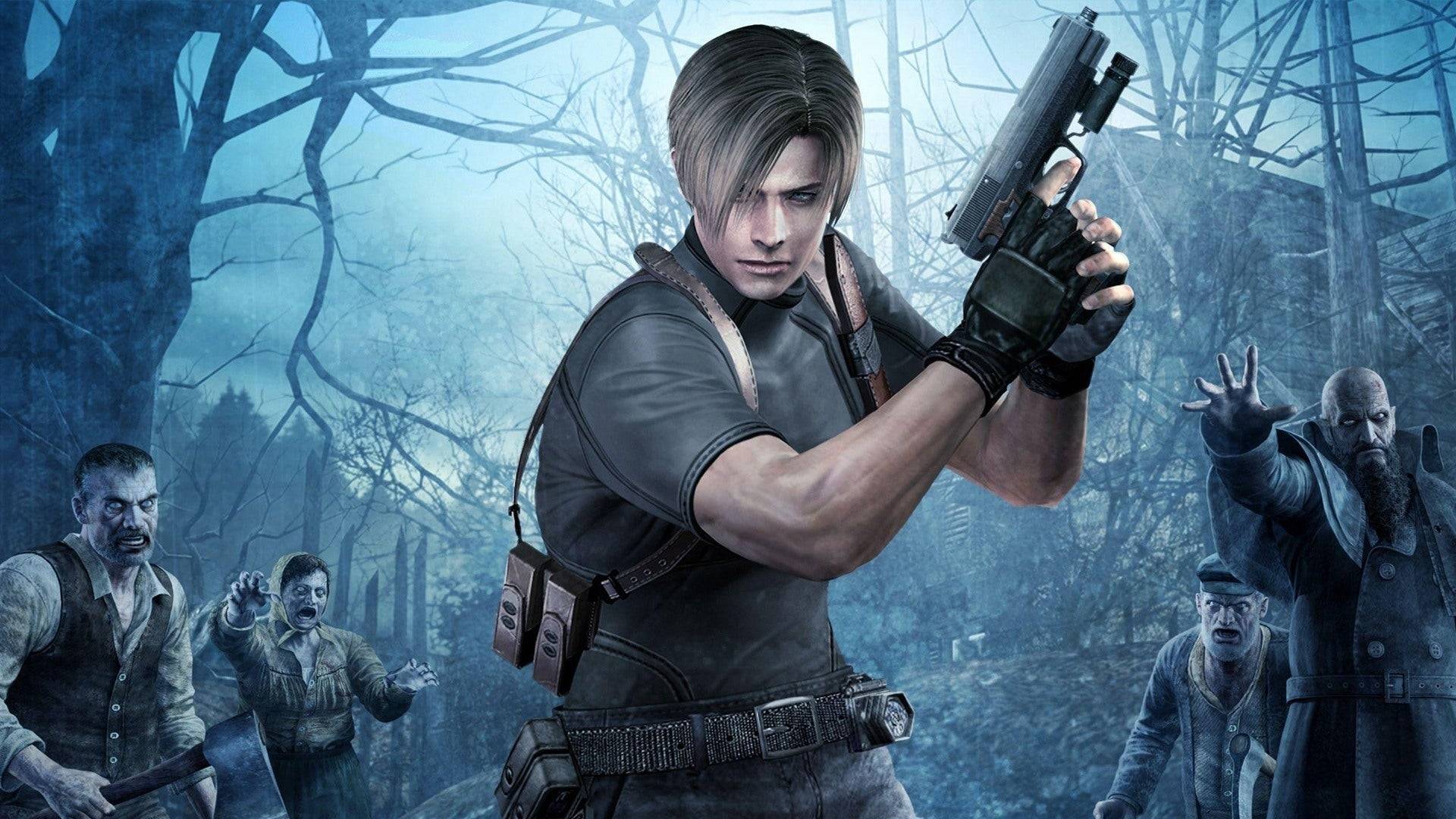
Released in 2005, Resident Evil 4 masterfully blended horror and action, drawing inspiration from Friday the 13th, H.P. Lovecraft, and John Carpenter’s films. Its seamless integration of Hollywood-style action with horror redefined the franchise.
However, subsequent games struggled to maintain this balance. In 2009’s Resident Evil 5, protagonist Chris Redfield’s boulder-punching feats and action-heavy sequences leaned more toward Fast and Furious than survival horror. The series’ identity began to blur, a sentiment echoed by both fans and developers like Yasuhiro Ampo, director of the Resident Evil 4 remake, who has worked on the series since 1996.
“Each Resident Evil game sets new goals and challenges, but we started noticing a gap between fan expectations and our output,” Ampo explains.
This disconnect led to 2012’s Resident Evil 6, which aimed to satisfy both action and horror fans by splitting the game across six characters and three storylines. The result failed to balance the genres effectively, leaving fans dissatisfied. Online criticism grew, while Capcom experimented with spinoffs like online co-op shooters, further straying from its roots.
Capcom’s struggles extended beyond Resident Evil. Street Fighter 4’s success, driven by its unique art style and vibrant roster, wasn’t replicated in its sequel. Street Fighter 5 launched in 2016 with minimal single-player content and poor online functionality, frustrating fans with its lack of polish and unbalanced gameplay.
Other franchises faced similar challenges. Devil May Cry saw diminishing returns, leading Capcom to outsource 2013’s DmC: Devil May Cry to Ninja Theory. Despite later gaining a cult following, its redesigned protagonist and sluggish performance sparked backlash, shelving the series indefinitely.
The early to mid-2010s defined Capcom’s struggles. Key franchises failed to recapture past glory, and attempts to capture Western markets with titles like Lost Planet and Asura’s Wrath fell flat. While Dragon’s Dogma offered a bright spot, Capcom’s focus remained scattered.
A transformation was essential.
Street Fighter 5’s Redemption Struggle
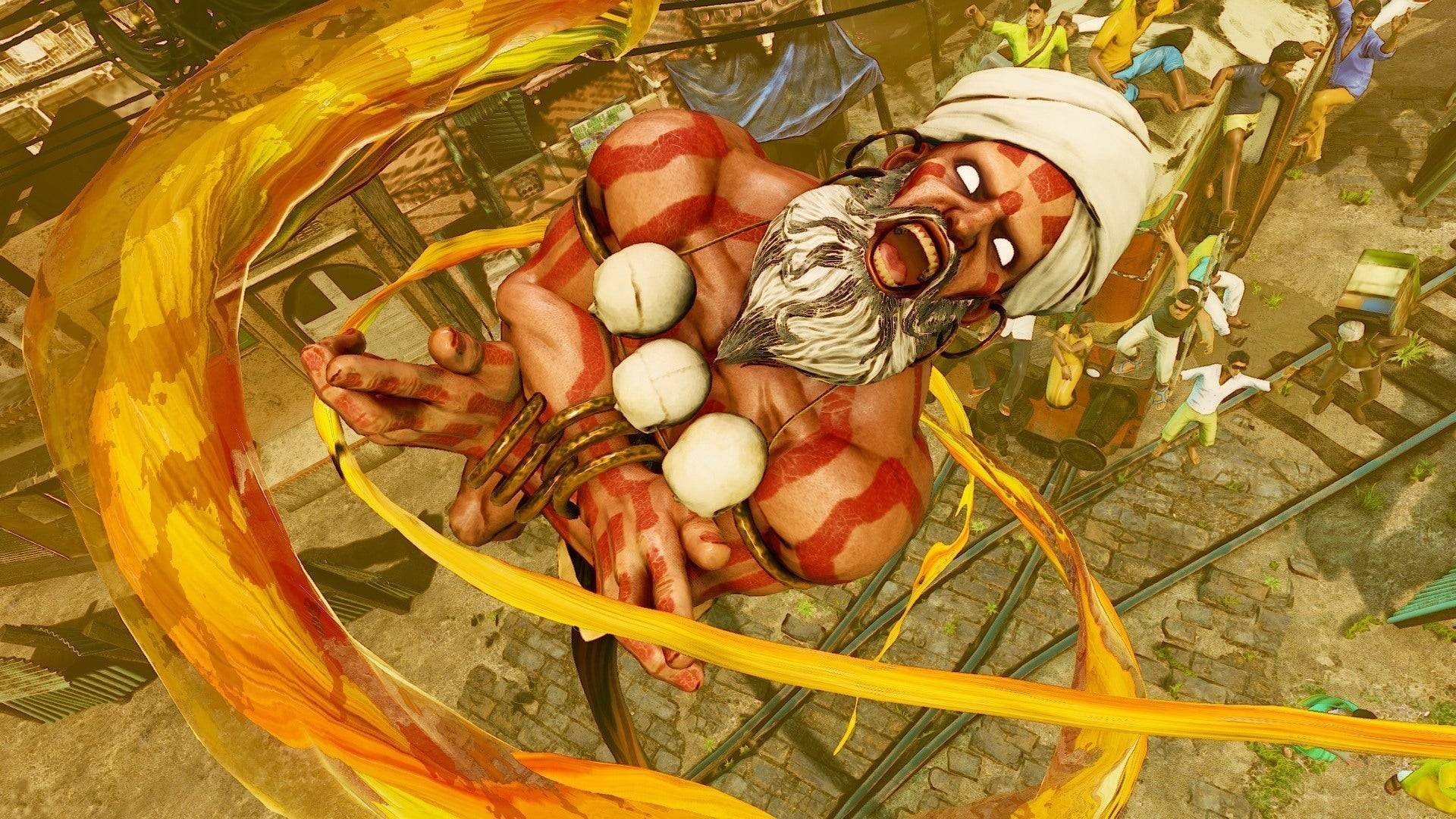
By the mid-2010s, Capcom initiated sweeping changes to reverse its fortunes. The first priority was addressing Street Fighter 5’s issues. Director Takayuki Nakayama and producer Shuhei Matsumoto were tasked with stabilizing the troubled game.
“Production challenges prompted my involvement,” Nakayama says. “We were at a stage where major changes weren’t feasible, so we had to work within existing constraints.”
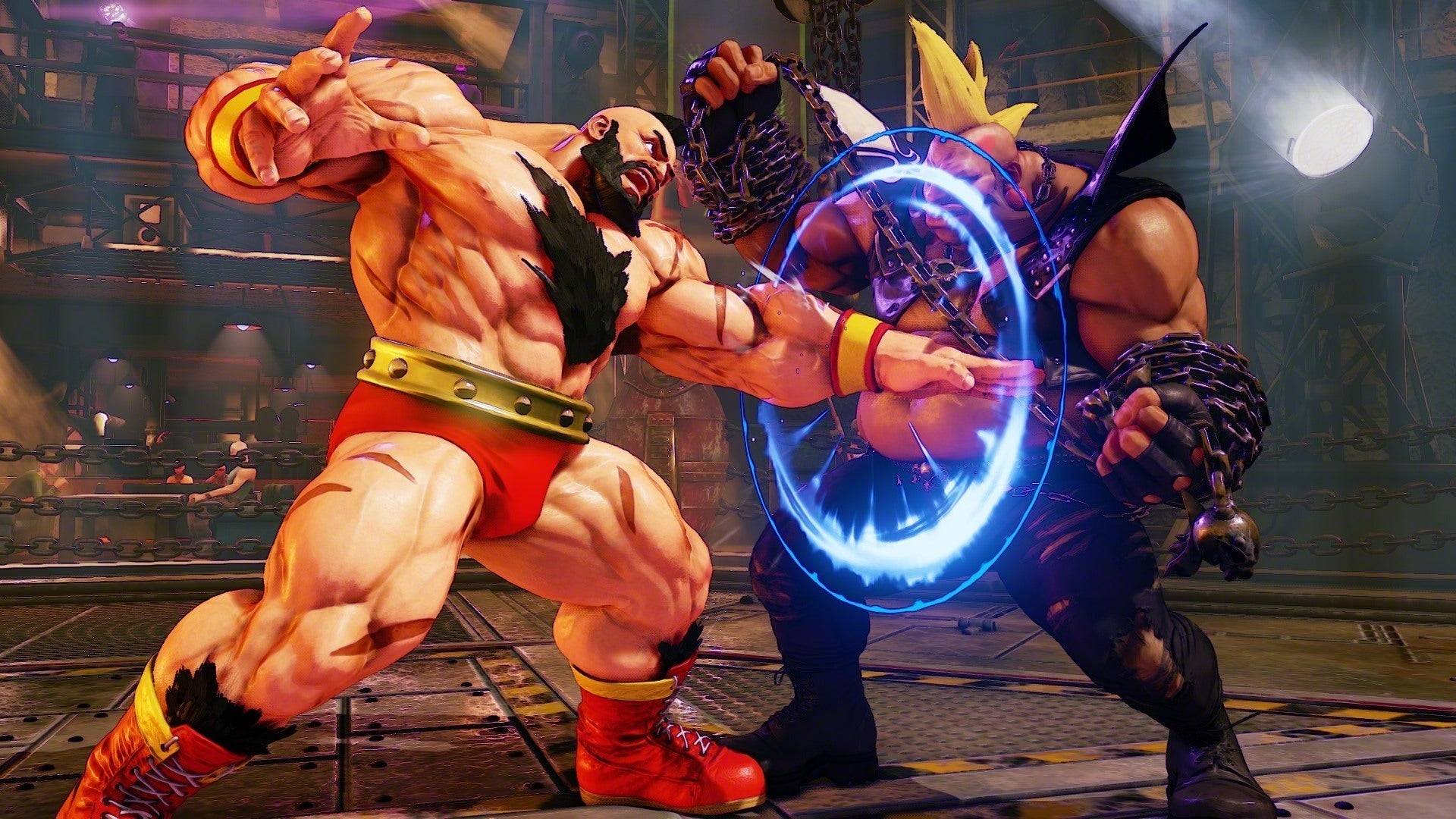
These limitations restricted Nakayama’s ability to overhaul the game. Instead, efforts focused on fixing critical issues, with an eye toward Street Fighter 6’s development.
“Time constraints prevented us from fully addressing Street Fighter 5’s challenges,” Nakayama notes. “We saved our bigger ideas for Street Fighter 6’s planning stages.”
Abandoning Street Fighter 5 wasn’t an option, Matsumoto explains. “We didn’t consider scrapping it to focus on a sequel. Instead, we used Street Fighter 5 to test ideas, identifying what worked for the next game.”
"We couldn’t pivot significantly, so we moved forward within our constraints.”The team treated Street Fighter 5 as a testing ground, refining netcode, rebalancing characters, and introducing new mechanics like V-Shift. These updates aimed to restore the fun that fighting games thrive on, which Street Fighter 5 initially lacked.
“Fighting games are inherently fun, but Street Fighter 5 didn’t guide players to that enjoyment,” Matsumoto says. “We needed to create a clear path to mastery.”
Street Fighter 6 shifted away from lowering difficulty, instead offering new players accessible tools while preserving the depth longtime fans loved. By using Street Fighter 5 as a foundation, 2023’s Street Fighter 6 launched as one of the franchise’s most acclaimed entries.
Capcom’s broader strategy evolved to prevent such missteps. A pivotal shift in technology and focus set the stage for a remarkable recovery.
Monster Hunter’s Global Conquest
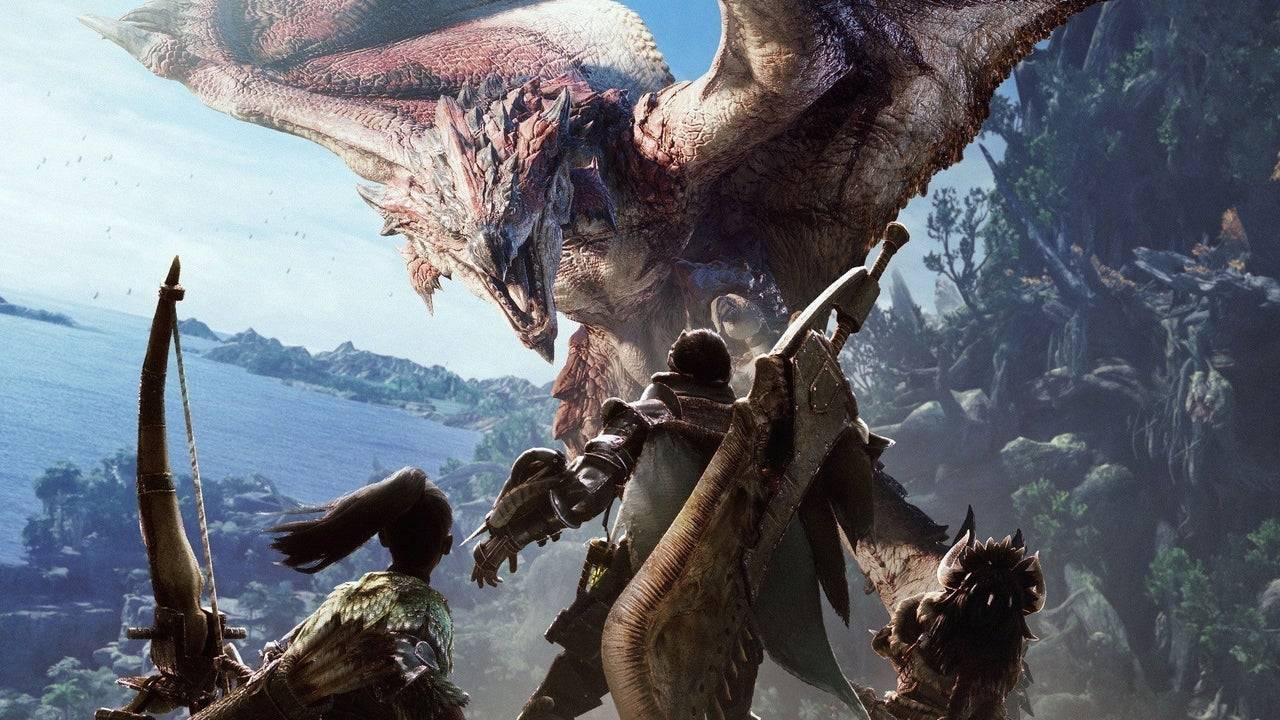
In 2016, Capcom restructured internally to prepare for a new era of games powered by the RE Engine, replacing the outdated MT Framework. This upgrade came with a mandate to create games for a global audience, not just regional fans.
“The engine change and a clear directive to make universally appealing games were key,” says Hideaki Itsuno, known for Devil May Cry. “We aimed to craft experiences that resonate worldwide.”
During the PS3 and Xbox 360 era, Capcom chased Western trends with action-heavy titles like Umbrella Corps and Lost Planet, often missing the mark. By 2017, the company shifted to creating universally appealing games without compromising its identity.
“We focused on making great games for everyone,” Itsuno says. This vision materialized with Resident Evil 7’s 2017 launch, sparking a Capcom renaissance.
"Our goal was to create games that connect with players globally, holding nothing back.”Monster Hunter epitomized this shift. While a juggernaut in Japan, it struggled globally. Its success on handheld consoles like the PSP, particularly with Monster Hunter Freedom Unite, was tied to Japan’s strong mobile gaming culture, enabling local multiplayer without robust internet infrastructure.
“Handheld consoles allowed players to enjoy Monster Hunter’s cooperative gameplay easily,” says executive producer Ryozo Tsujimoto. “This was a major success in Japan, even without widespread online play.”
This focus on Japan led to region-specific content, reinforcing Monster Hunter’s “Japan-only” perception. However, as global internet infrastructure improved, Capcom seized the opportunity to expand.
2018’s Monster Hunter: World marked a turning point. Released on PS4, Xbox One, and PC, it offered AAA-quality visuals, expansive areas, and massive monsters, designed for global appeal.
“The title ‘World’ reflects our aim to reach a worldwide audience,” Tsujimoto says. “We ensured simultaneous global releases and no region-exclusive content.”
Focus tests worldwide shaped the game’s design, with tweaks like displaying damage numbers enhancing accessibility. Monster Hunter: World and its follow-up, Monster Hunter Rise, each sold over 20 million copies, a massive leap from prior entries’ 1.3 to 5 million.
"We wanted players worldwide to experience Monster Hunter for the first time.”Capcom preserved Monster Hunter’s core action-driven identity while making it more approachable, a strategy continued in Monster Hunter Wilds.
“Monster Hunter is about mastering action for a sense of accomplishment,” Tsujimoto says. “We analyzed player feedback to refine systems, ensuring new players can reach that point.”
Resident Evil 7’s Horror Revival
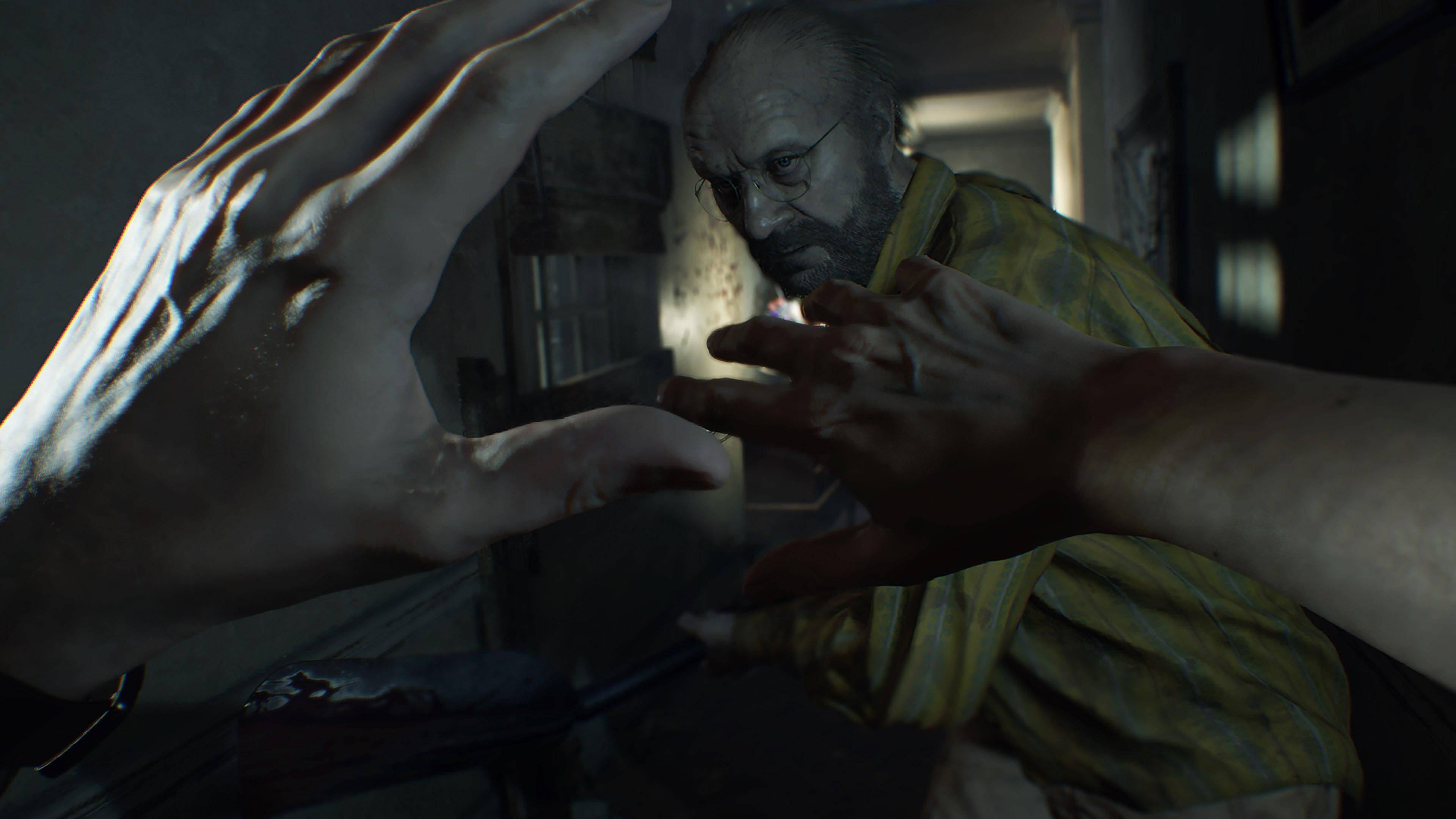
While Monster Hunter had a strong formula to globalize, Resident Evil required a tougher choice: action or horror? Executive producer Jun Takeuchi decided survival horror was the series’ heart.
“During my work on Resident Evil Revelations, we tested different approaches,” says Yasuhiro Ampo. “Takeuchi, leading R&D division one, insisted Resident Evil return to its horror roots.”
Announced at E3 2016, Resident Evil 7’s first-person trailer stunned audiences with its eerie, dilapidated setting. The shift to first-person restored the series’ scare factor.
"We cannot overstate how vital it is for Resident Evil to be terrifying.”“Takeuchi emphasized that Resident Evil 7 must prioritize survival horror,” Ampo says. “This focus guided our experiments with new elements.”
The game’s southern gothic atmosphere made it one of the scariest in the series. While mainline titles like Resident Evil 7 and 8 embraced first-person, Capcom preserved third-person gameplay through remakes, starting with Resident Evil 2.
Fan demand for remakes, sparked by grassroots projects, inspired producer Yoshiaki Hirabayashi to commit to the Resident Evil 2 remake. The result blended horror, action, and puzzles, with the Tyrant system adding relentless tension. It became the second best-selling Resident Evil game ever.
"Fans might be vocal if we got the Resident Evil 4 remake wrong.”Capcom followed with a Resident Evil 3 remake, but remaking Resident Evil 4—a near-perfect classic—sparked debate. “We questioned whether it needed a remake,” Ampo admits. “Its enduring popularity made us cautious.”
Despite hesitation, the Resident Evil 4 remake succeeded by refining the action-horror balance, replacing campy elements with a darker tone while retaining thrilling action. It became another critical and commercial hit.
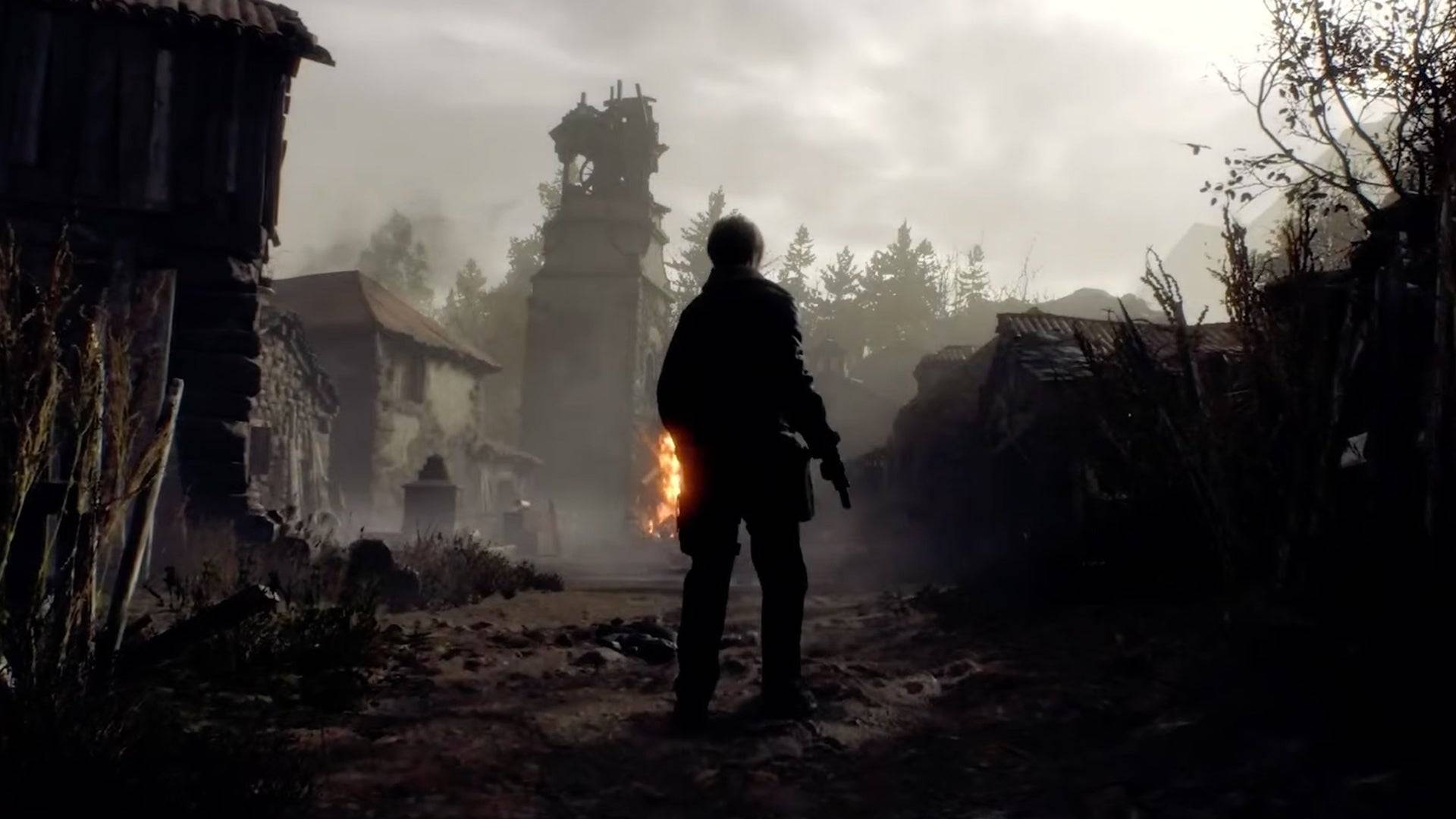
Concurrently, Devil May Cry director Hideaki Itsuno sought to reinvigorate action games. After exploring RPGs with Dragon’s Dogma, he felt action titles had become too forgiving. Devil May Cry 5, powered by the RE Engine, aimed to deliver unmatched style and challenge.
The Engine Driving Capcom’s Revival
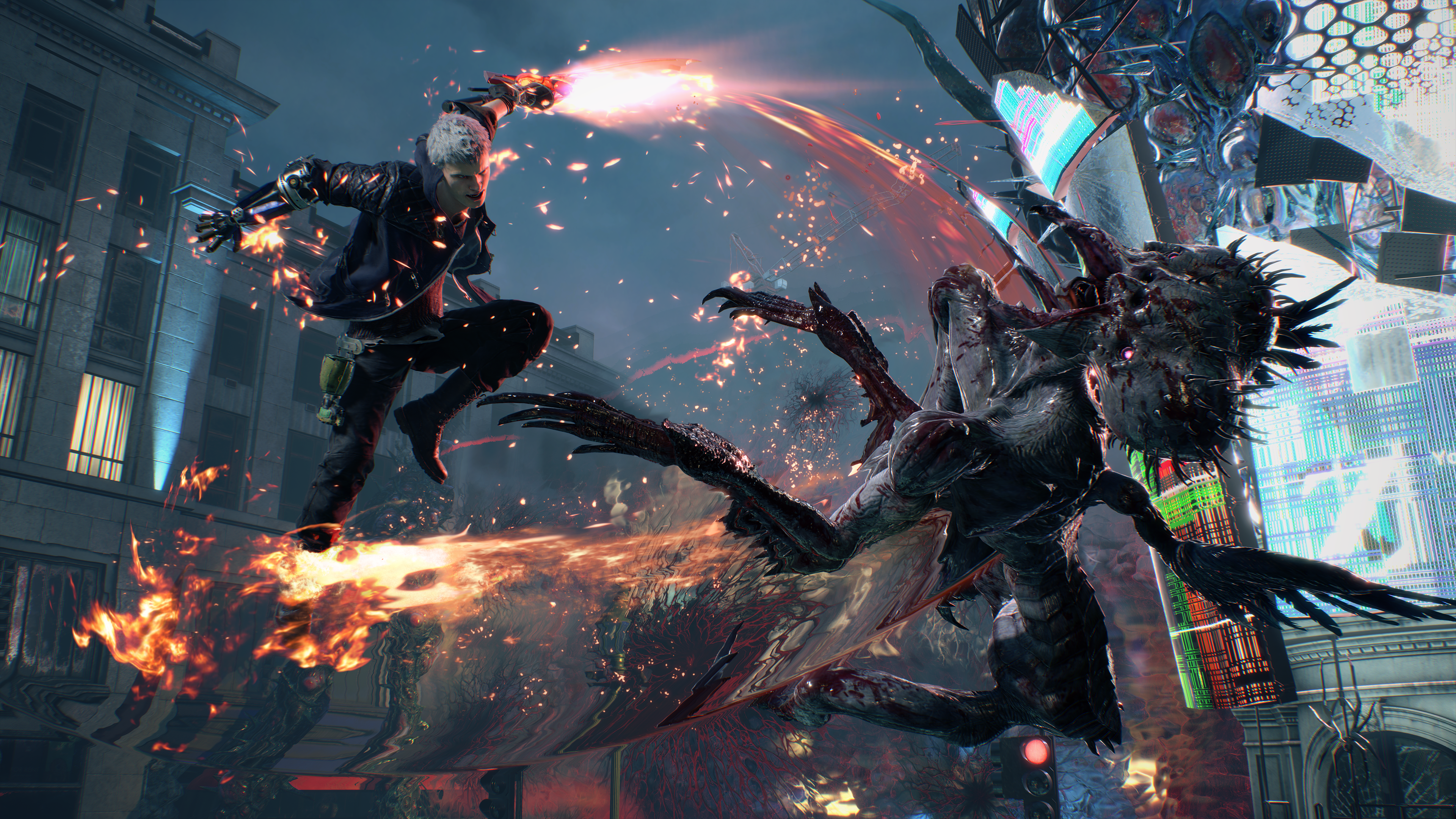
“Action games were becoming too player-friendly,” Itsuno says. “I wanted Devil May Cry 5 to push boundaries.”
Itsuno, who directed every Devil May Cry game since the second entry (except DmC), returned after a decade to create one of the series’ most successful titles. The RE Engine’s advanced capabilities were key.
“The technology leap was significant,” Itsuno says. “The RE Engine’s photorealistic assets and flexibility transformed our approach.”
The RE Engine, replacing MT Framework, offered superior visuals and nimble development tools. “It reduced stress and sped up iteration,” Ampo explains. “Internal tools could be quickly adjusted to meet our needs.”
For Itsuno, this enabled a focus on style. “Devil May Cry is about being cool,” he says. “I poured everything I find cool—from movies, comics, and sports—into the game.”
Capcom’s New Golden Era
Since 2017, Capcom has delivered near-annual game of the year contenders, a rare feat among major studios. Monster Hunter Wilds continues this trend, showcasing Capcom’s ability to excel across genres.
By prioritizing global appeal and leveraging the RE Engine, Capcom achieved unprecedented success. Its games remain true to their core—Resident Evil’s horror, Street Fighter’s competition, Monster Hunter’s strategic battles—while attracting millions of new players.
"Capcom is in a golden era, and we aim to sustain it year after year.”Unlike competitors chasing trends, Capcom’s decade-long transformation has solidified its identity. “It’s an exciting time,” says Nakayama. “We’re focused on creating fun, engaging games.”
Tsujimoto adds, “Capcom is in a golden era, and we’ll do everything to keep it going, one year at a time.”


